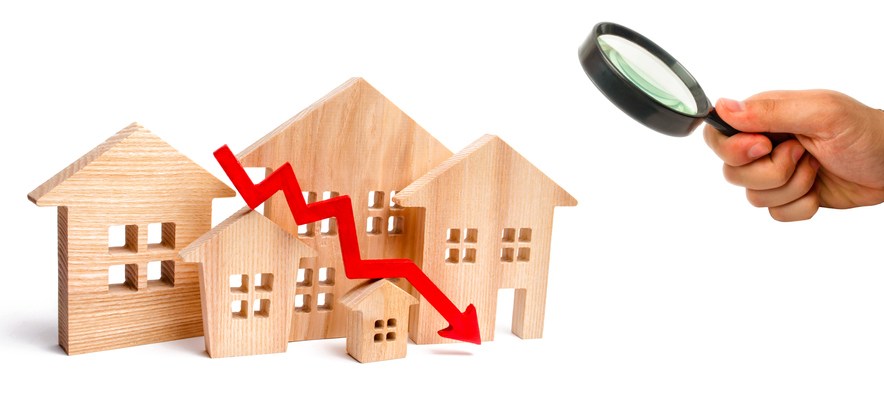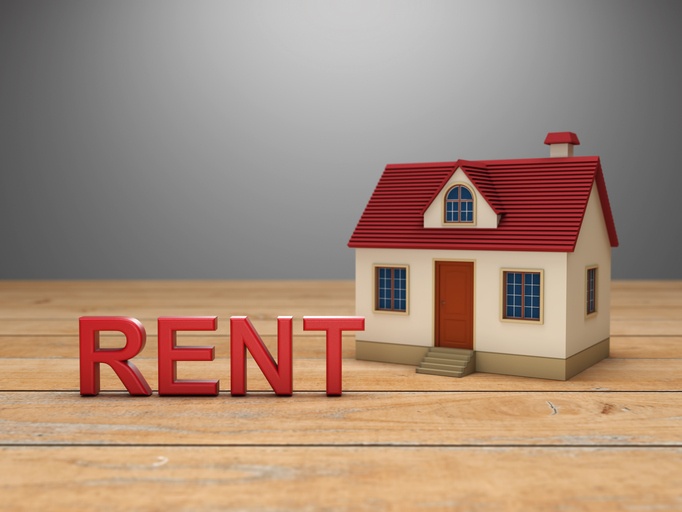Home » Uncategorised »
Proportion of Income Spent on Rent has Fallen, Reports English Housing Survey
This article is an external press release originally published on the Landlord News website, which has now been migrated to the Just Landlords blog.

The proportion of income spent on rent by private tenants has fallen over the past decade, according to new official figures.
The latest English Housing Survey, for 2017/18, shows that the proportion of income spent on private rents was an average of 32.9% in the period, which is down from 34.3% in the previous year and 36.4% in 2014/15.
With the Government considering how to increase the length of private tenancies, the Survey also found that the average time that a private tenant has spent in their current home was up from 3.9 years in 2016/17 to 4.1 years in 2017/18.
The Government’s new Private Landlord Survey for 2018, which was published at the same time, reports that 70% of landlords kept their rent prices the same when renewing their most recent tenancies, indicating that landlords prioritise keeping good tenants for the long-term.
Owner-occupation
The latest English Housing Survey found that, of the estimated 23.2m households in England, 14.8m (64%) were owner-occupiers in 2017/18. The proportion of homeowner households increased steadily from the 1980s to 2003, when it hit a peak of 71%.
Since then, owner-occupation has gradually declined to its current level. However, the rate of homeownership has not changed since 2013/14.
After more than a decade of decline, the proportion of 35-44-year-olds in owner-occupation has increased. In 2017/18, 57% of those in this age group were homeowners, which has risen from 52% in 2016/17.
While owner-occupation remains the most prevalent tenure for this category, there has been a considerable rise in the proportion of 35-44-year-olds living in the private rental sector (from 13% in 2007/08 to 28% in 2017/18).
Private renting
After a period of substantial growth, the proportion of households in the private rental sector has not changed for five years. Meanwhile, the share of households in the social rental sector has not changed for over a decade.
In 2017/18, the private rental sector accounted for 4.5m (19%) households. Throughout the 1980s and 1990s, the proportion of private rental households was steady, at around 10%. While the sector has doubled in size since 2002, the rate has hovered around 19-20% since 2013/14.

Social renting
The proportion of social tenants who expected to buy their own homes has declined, but no such drop was observed among private tenants.
In 2017/18, 25% of social tenants expected to buy a property at some point in the future, which is down from 30% in 2016/17. A greater proportion of private renters expected to buy – 58%, which is unchanged on 2016/17.
The social rental sector had the highest rate of overcrowding and the lowest rate of under-occupation.
In 2017/18, 8% of households in the social rental sector were living in overcrowded accommodation (compared to 6% in the private rental sector and 1% of owner-occupied homes).
Meanwhile, 10% of homes in the social rental sector were under-occupied (defined as two or more spare bedrooms). While under-occupation remains less prevalent in the social rental sector (54% of owner-occupied homes and 15% of private rental homes), it rose between 2016/17 and 2017/18, from 8% to 10%.
Energy efficiency
The energy efficiency of English homes has increased considerably in the past 20 years, but has not improved since 2015.
In 2017, the average Standard Assessment Procedure (SAP) rating of English dwellings was 62 points, which was up from 45 in 1996. This increase was evident across all tenures.
However, the increase appears to be slowing, and there was no change in the average SAP rating of homes between 2016-17 (in any tenure).
Decent homes
There remains a lower proportion of non-decent homes in the social sector than in the private rental and owner-occupied sectors.
In 2017, 13% of homes in the social rental sector failed to meet the Decent Homes Standard. This is lower than the proportion of private rental (25%) and owner-occupied (19%) homes.
Over the past ten years, the proportion of non-decent homes has dropped from 35% of all stock in 2007 to 19% in 2017. This decline was observed across all tenures, but has stalled in recent years.
Positively, the number of homes in the private rental sector with a Category 1 hazard has plummeted from 31% in 2008/09, to 14% in 2017/18.
Comments
John Stewart, the Policy Manager of the Residential Landlords Association (RLA), responds to the Survey: “What emerges from the wealth of data out today is a picture of continuing improvement in affordability, security and standards for private tenants.
“The figures also debunk the myth that landlords are always increasing rents unreasonably and looking for every opportunity to evict a tenant.
“We recognise that, whilst this data confirms that the vast majority of landlords enjoy good relationships with their tenants and want them to stay on long-term, there are still too many unscrupulous landlords who bring the sector into disrepute and they should be driven out of the market.”
Dan Wilson Craw, the Director of tenant lobby group Generation Rent, had a different opinion: “With house prices slowing and landlords now paying more tax, it has become slightly easier for renters to buy their first home. However, for the remaining 4.5m private renters, unpredictable rents and tenancies that the landlord can end without needing a reason mean they have no stability. We need much better protections from eviction and regulation of rents if renters are to enjoy long-term homes.
“These numbers suggest that most tenants already have a landlord who wants to provide a long-term home. But, because tenants have so little power in the market, there’s no way to actively avoid ones who don’t. Tenants should expect that paying rent means they get to stay, and that they shouldn’t face unaffordable rent rises. With most landlords already on board with this, the Government should crack on and raise standards for the whole sector.”




